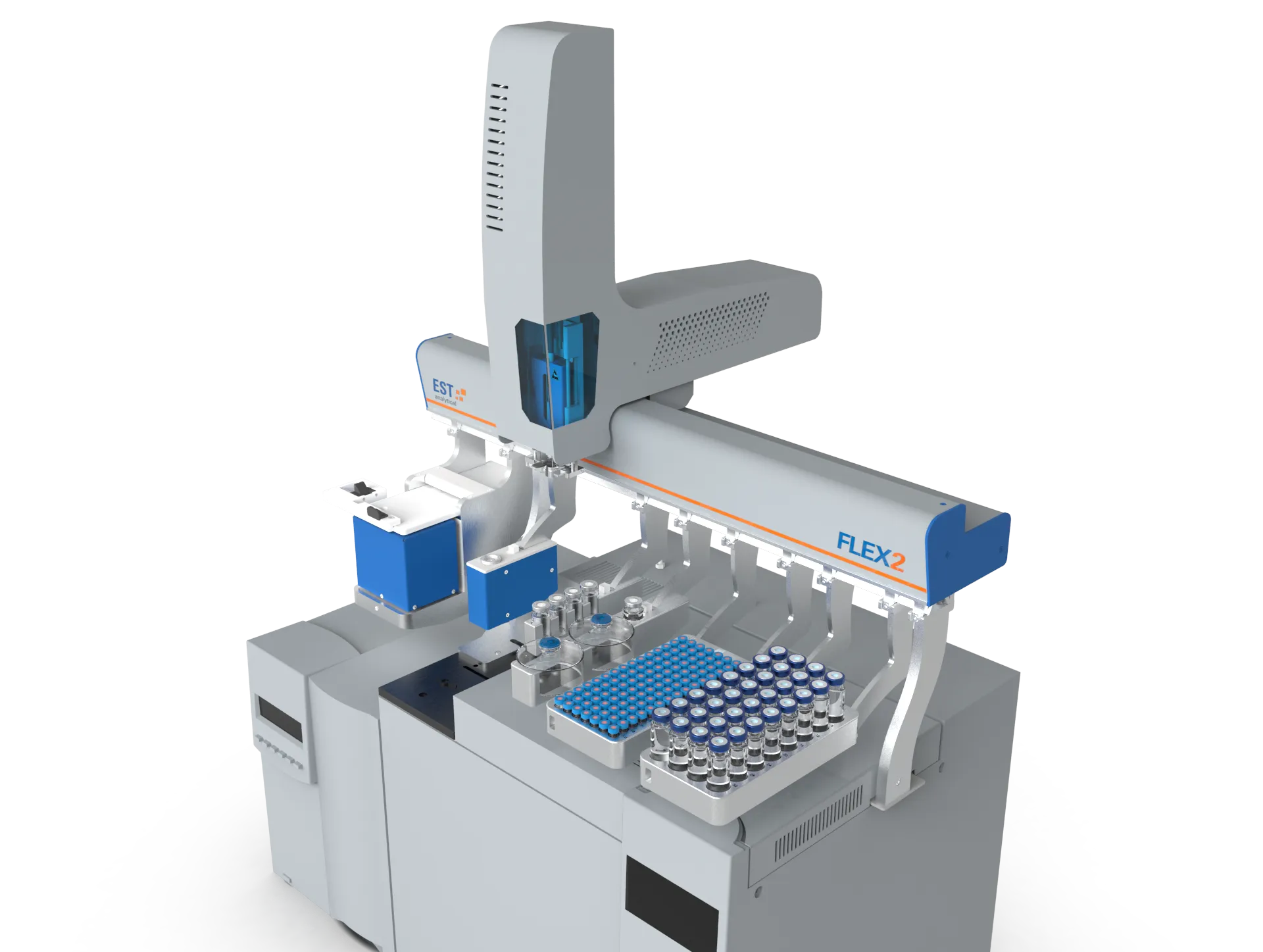TCA (Trichloroanisole) in Wine

Trichloroanisole (TCA) has an extremely low odor threshold. This compound is primarily responsible for “cork taint” in wines. TCA levels can often be detected by analytical instrumentation but not by consumers and many wines that contain TCA have won awards. TCA does not pose a health risk for anyone who detects a musty odor in their wine. However, the odor of TCA can be off putting and for that reason, wineries prefer to limit consumer exposure to this compound.
The Flex Series autosampler with its distinctive oscillating agitation provides an excellent platform for the development of a Solid Phase Micro Extraction (SPME) technique for the detection of TCA in wine.
Our Impact
EST Analytical has been helping labs achieve their analytical goals for over 30 years. Our vision is to engineer reliable laboratory instruments that enable partners to make the world a better place.
To help labs excel we offer Application Notes across our entire product line. They are a resource that explains the technology, performance, and abilities of our products as used against certain methodologies and or applications.
Whether your needs center around a USEPA method, an ASTM Standard, or a sample matrix-based outcome EST has you covered. If you don’t see the technical direction you need, simply contact us. We also offer sample analysis in our onsite Applications Lab.




